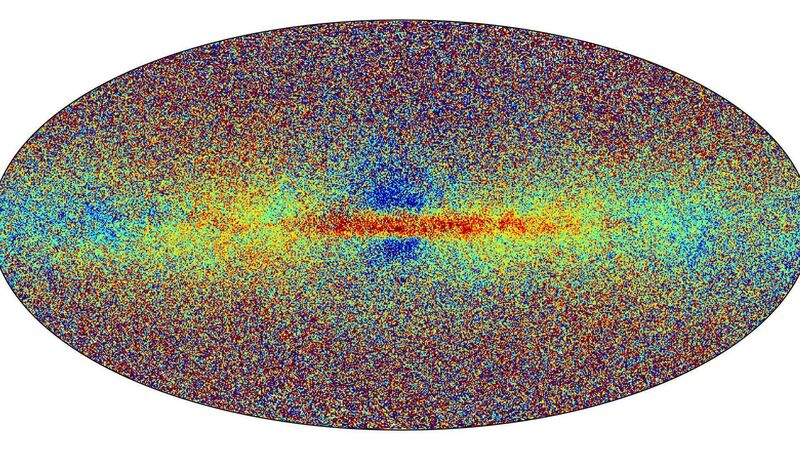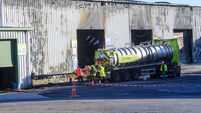Gaia probe reveals unexpected ‘starquakes’ and habitable regions of the Milky Way

A sample of the Milky Way stars in Gaia's data release. The colours indicate stellar metallicity, the red stars are richer in metals than the other stars. A region with high metallicity would have many more supernovae, presenting a risk to life on Earth. Photo: ESA/AP
Astronomers have unveiled the most detailed survey of the Milky Way, revealing thousands of “starquakes” and stellar DNA, and helping to identify the most habitable corners of our home galaxy.
The observations from the European Space Agency’s Gaia probe cover almost two billion stars – about 1% of the total number in the galaxy – and are allowing astronomers to reconstruct our home galaxy’s structure and find out how it has evolved over billions of years.










